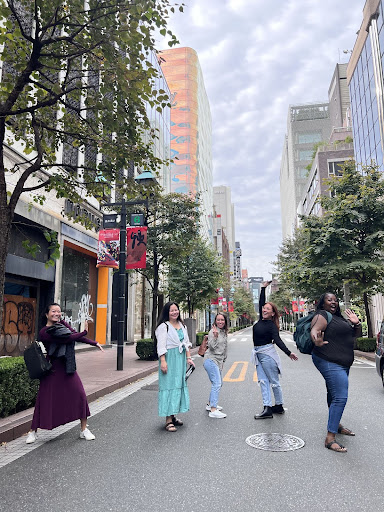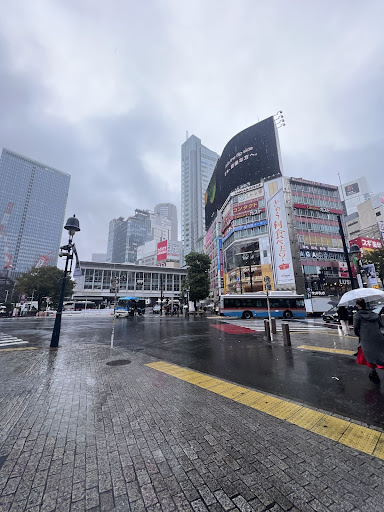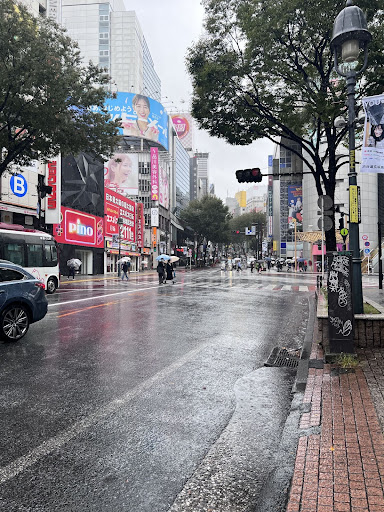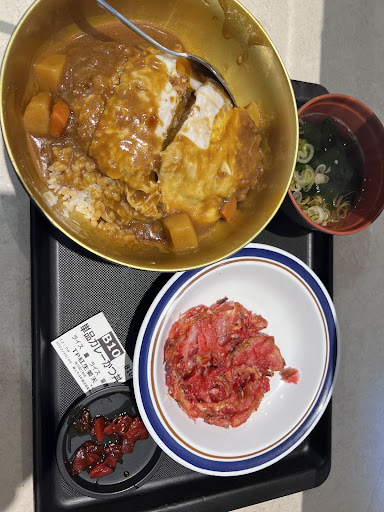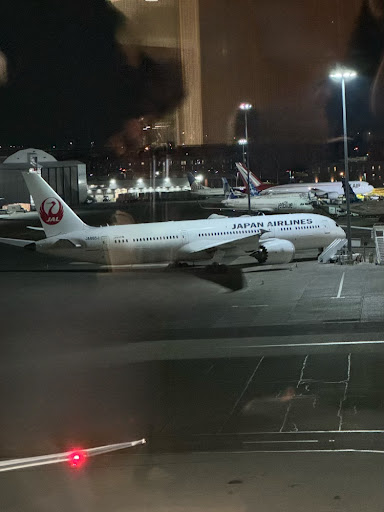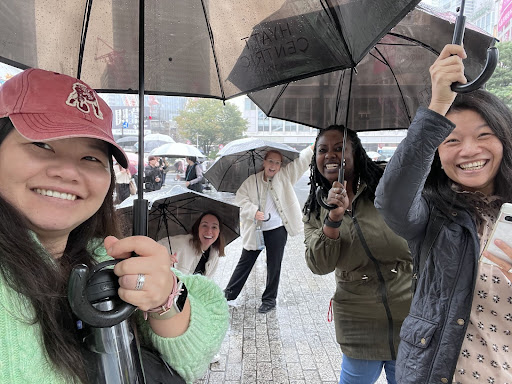As mentioned in the beginning of October, some of the Executive Team members took a trip to Japan to learn more about the culture! Here is a fun recap of their trip:
Pre-Trip: endless research about what to do, where to go and especially watching YouTube videos on how to behave respectfully according to Japanese culture.
Day 1 (Thursday): Upon arrival we checked into Andon Ryokan Hotel where each guest room features tatami (woven-straw) flooring with traditional futon bedding. The Ryokan offers cultural activities such as tea ceremony and flower arrangement classes and also offers a selection of delicious Western breakfasts, which are cooked to preference and served in the common kitchen. After dropping off the luggage, we took a tour of Tokyo where we learned how to travel by Metro and visited places such as Asakusa and saw the Sensō-ji Temple, an ancient Buddhist temple. We also stopped by some amazing shops in Akihabara in Chiyoda, Tokyo where we saw an ultimate collection of old Nintendo games and gaming systems as well as made a pit-stop for lunch at a small local delicious Ramen Shop! After returning back from the tour, we enjoyed a nice traditional “Omakase” dinner made by the Ryokan owner herself, Toshiko Ishii before calling it a night!
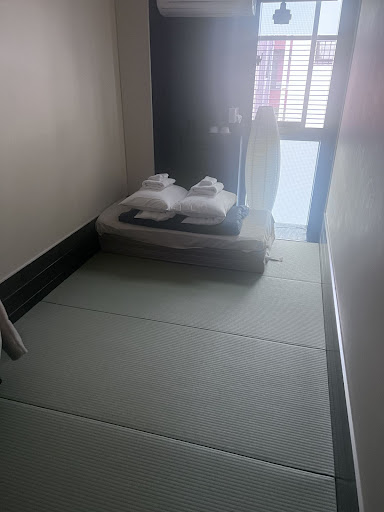
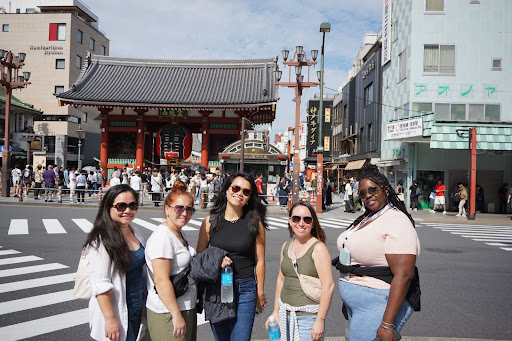
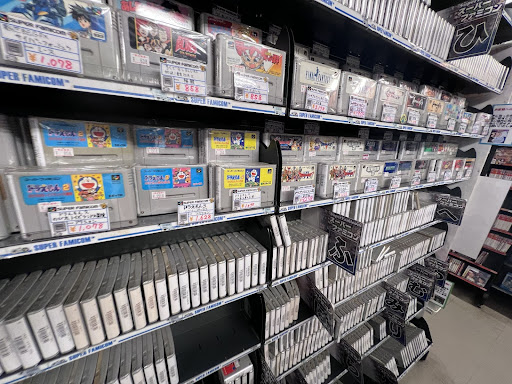
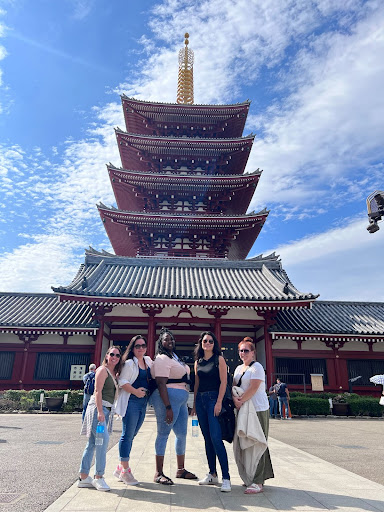
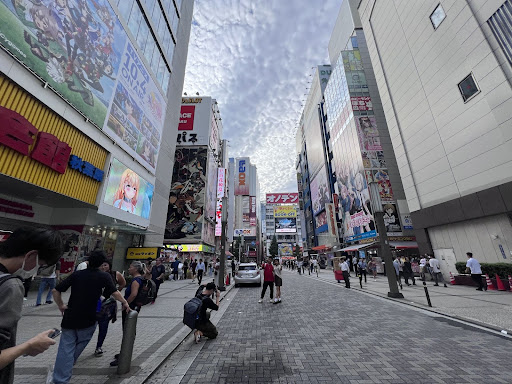

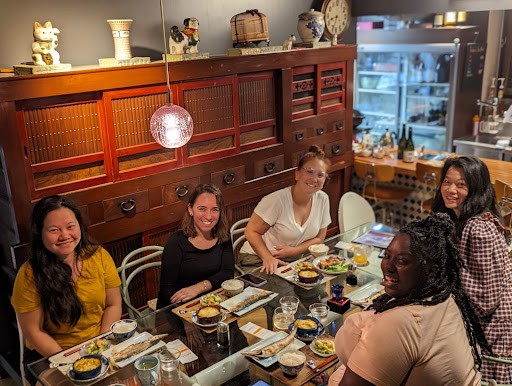
Day 2 (Friday): Up and at it early in the morning after breakfast, we took on the Metro by ourselves without the help of a tour guide and re-visited the area of Asakusa and tried the roasted tea Ice Cream…at 9 am! Whoops! After exploring the area, we ate lunch at a highly-rated restaurant in Taito called Yakiniku-Panga, known for its delicious Wagyu beef. Following lunch, we visited a Tokyo preschool called Harmony Preschool International! HAPI is a multicultural preschool that developed and implemented a Globally Sensitive Curriculum. Through English Language studies and various cultural programs, HAPI assists children in growing and learning multiple cultures, values, and traditions. The children at HAPI learn to play the Melodica! It was amazing that HAPI focuses on the same child developmental areas as the children at RRDC! Once we left the preschool, we were introduced to a wonderful man and his wife, who owned a tea time trinket shop just across the street from the Preschool. There, this man made us tea, offered us sweet red bean paste (the traditional Japanese dessert made from azuki beans), chatted with us, and even wrote all of our names in Japanese! We made sure not to leave empty-handed and brought home a tea set from Tokyo and visited the Tokyo Tower (Sky Tree), where we splurged on a GIANT cotton candy stick before heading back to the Ryokan for the night!
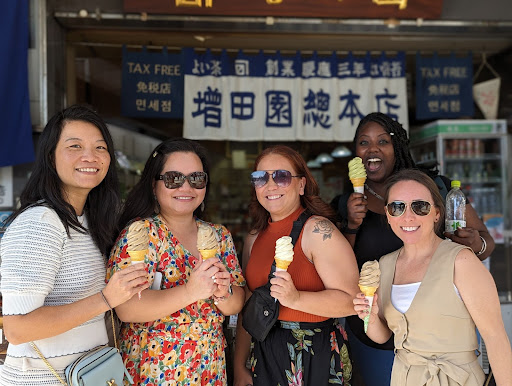
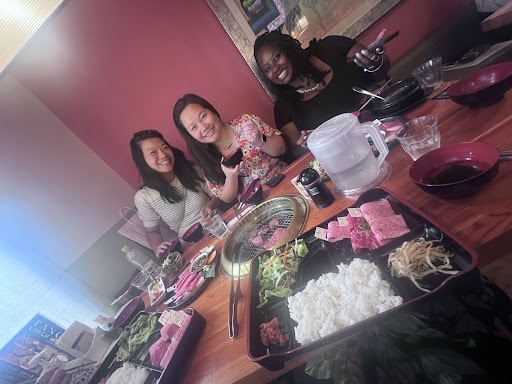
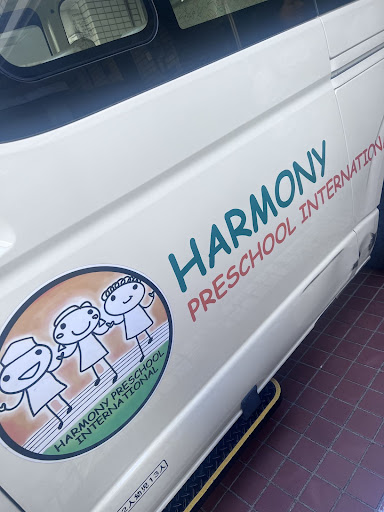
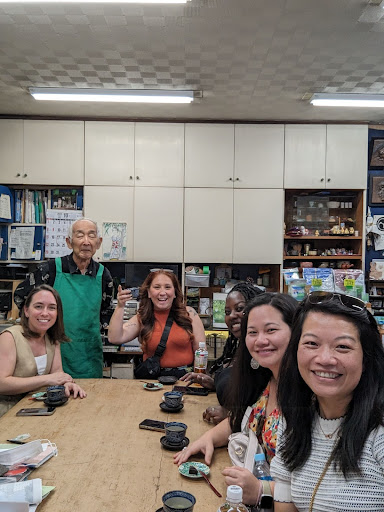
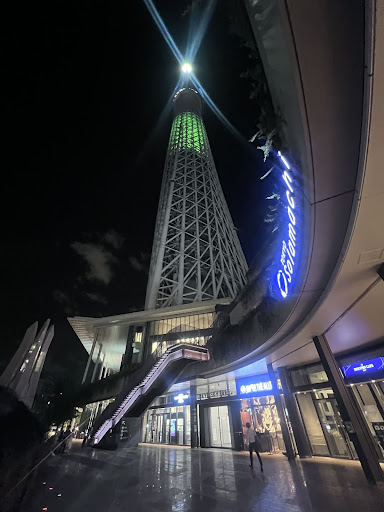
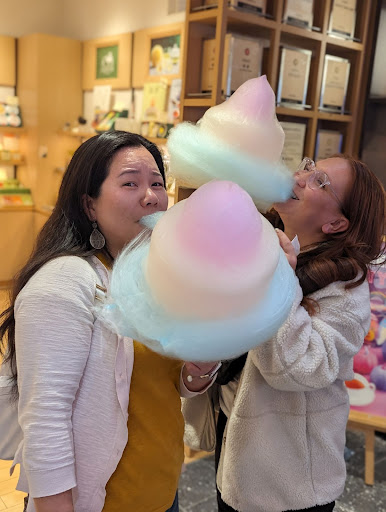
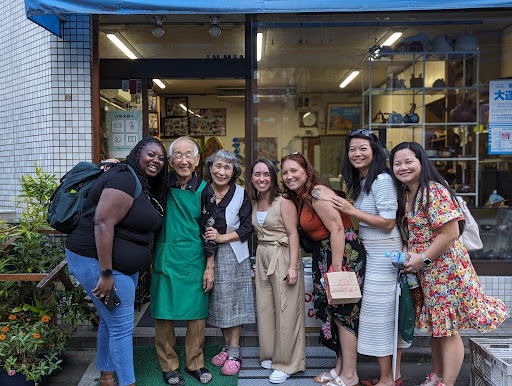
Day 3 (Saturday): We can call this day SUMO SATURDAY, experiencing the World of Sumo! Here, we got to witness the intensity of a practice session flowing with dining with some of the wrestlers and asking them questions about their journeys through their profession. Sumo started as a ceremonial sport in Shinto Shrines, representing the gods’ struggle with evil spirits to ensure a bountiful crop. Later, Sumo was performed in front of the Emperor. In the Middle Ages, Samurai repurposed and used it in combat training between the 12th and 17th centuries. During the Edo era (the first stretch of prolonged peace in Japan), sumo’s popularity rose, and the sport was performed all over the country, and its current form and rules were established! After the training, we got to take photos with some of the wrestlers and try to “push” them ( nearly impossible )! Women are not allowed in the sumo circle, so this was attempted outside of the circle. During lunch, we got to ask some of the wrestlers in training questions as well as meet their Master Trainer, Kotonishiki Katsuhiro! Katsuhiro was nicknamed “F1 Sumo” and won the Hiramaku championship with 13 wins and two losses. Seven years later, in November 2010, he achieved his second Hiramaku championship for the first time in history with 14 wins and one loss! After Sumo wrestling, it was time to wind down! We traveled back to Asakusa for a Tea Ceremony and Kimono Experience! Here, we wore beautiful Kimonos, learned how to make Green Tea (Matcha), and learned the process of the traditional tea ceremony! After tea, we returned to the Sky Tree to enjoy dinner, drinks, and shopping!
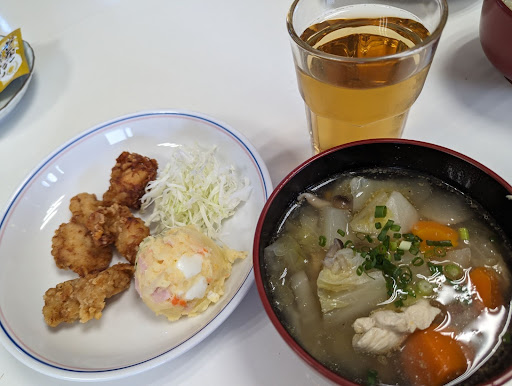
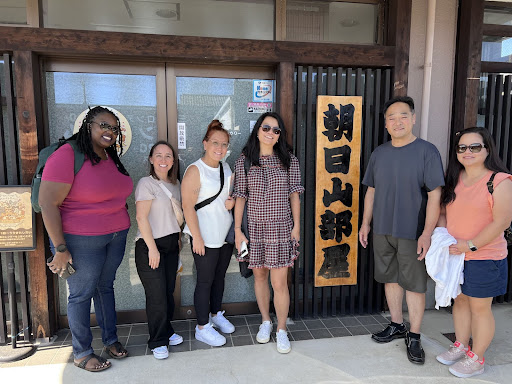
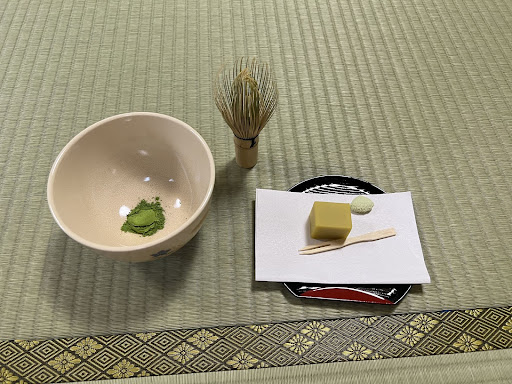
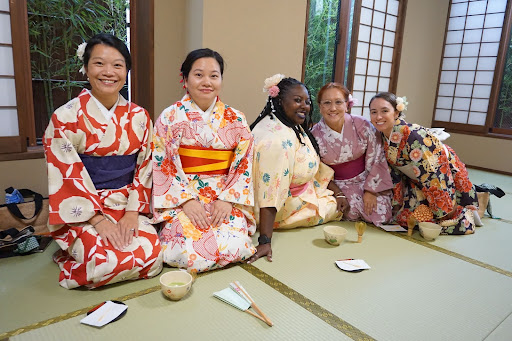
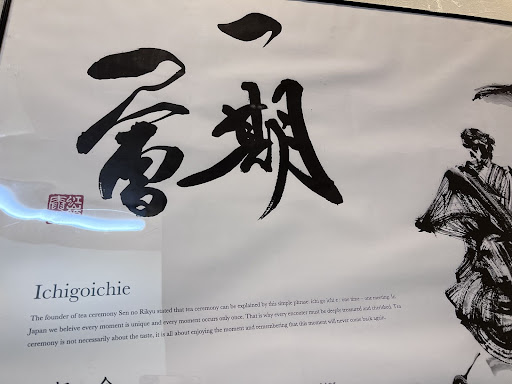
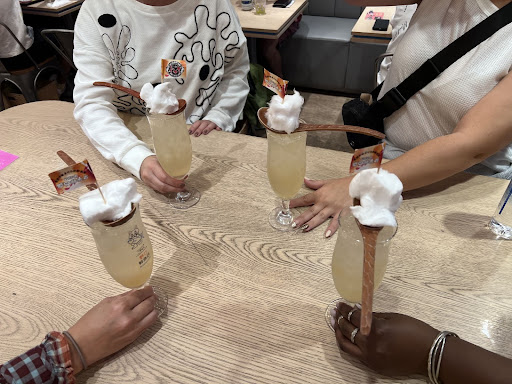
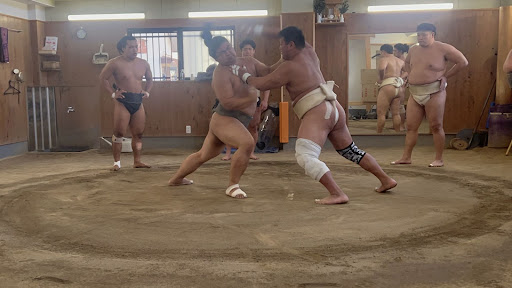
Day 4 (Sunday): Sunday Funday! Though it was a gloomy rainy day in Japan, it was nothing an umbrella couldn’t fix! After breakfast, we headed for the train station to travel to Kyoto! What a breathtaking place Kyoto was! In Kyoto, we visited the Kinkakuji Temple, also known as the Golden Pavilion. Kinkaku-ji originally started as a villa and was then turned into a Zen temple around the 1400s. Many of the buildings were destroyed in the Onin War in the mid-1400s, but the pavilion survived intact. In the 1950s, a huge portion of the pavilion was burned and suffered catastrophic damage when it was set on fire by a suicidal monk. It was restored in 1955 and has been maintained ever since. Today, Kinkaku attracts many tourists from all over the world, and along with some of Kyoto’s other ancient monuments. After visiting the Golden Pavilion, we found a local restaurant called Sabo Kinkaku-An. Here we had a wonderful experience and ate some delicious food! This was absolutely a diamond in the rough! Once lunch was over, it was pretty hard to explore as it started downpouring, so we hopped back on the train and headed back to the hotel, and laid our heads down for the final sleep in Japan!
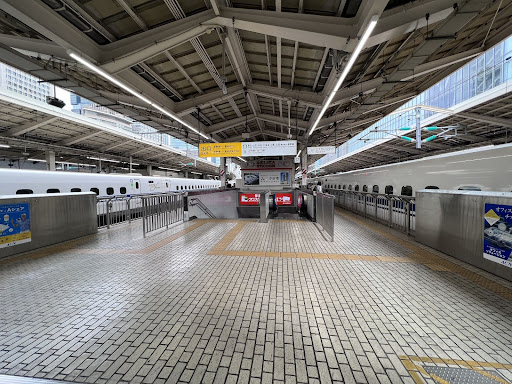
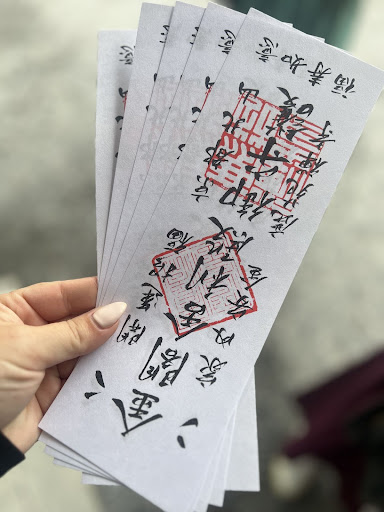
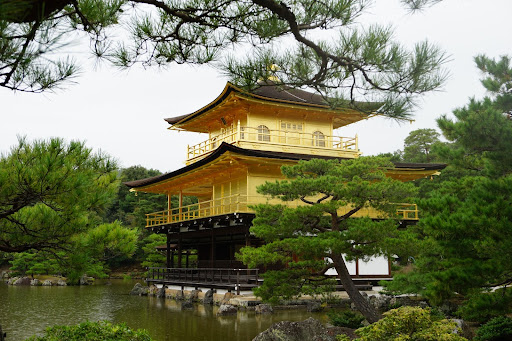
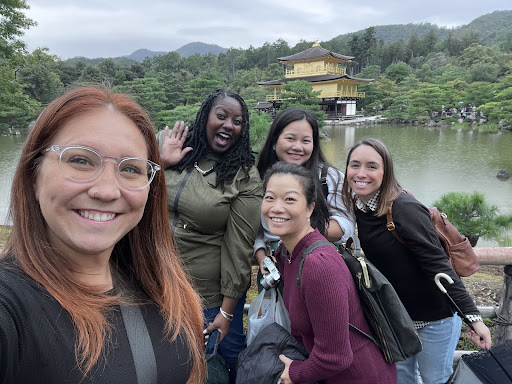
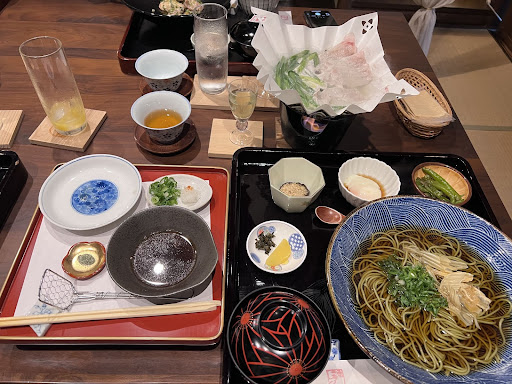
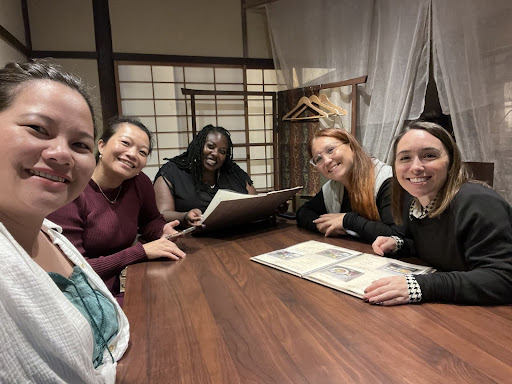
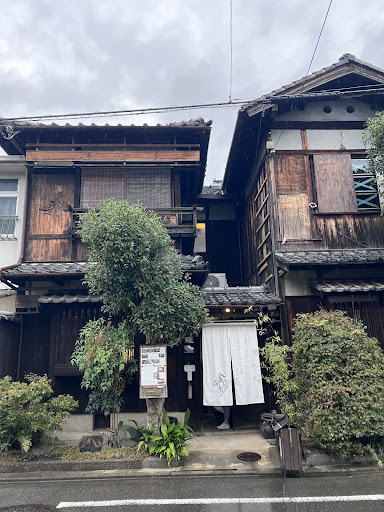
Day 5 (Monday): Our final day! Another gloomy one, but with more umbrellas, we still could not be stopped! Off to Shibuya Crossing, we went! Shibuya Crossing is located in front of the Shibuya Station Hachikō exit and stops vehicles in all directions to allow pedestrians to inundate the entire intersection. The statue of Hachikō, between the station and the intersection, is a common meeting place, which is almost always crowded. After “crossing through” Shibuya Crossing, we had a quick lunch before heading back to the airport to come home!
This trip was a great and memorable experience, where we all learned an abundance of Japanese culture! We can’t wait for our next destination and to share another adventure with you!
次の機会まで (ji no kikai made)
~Until Next Time~
